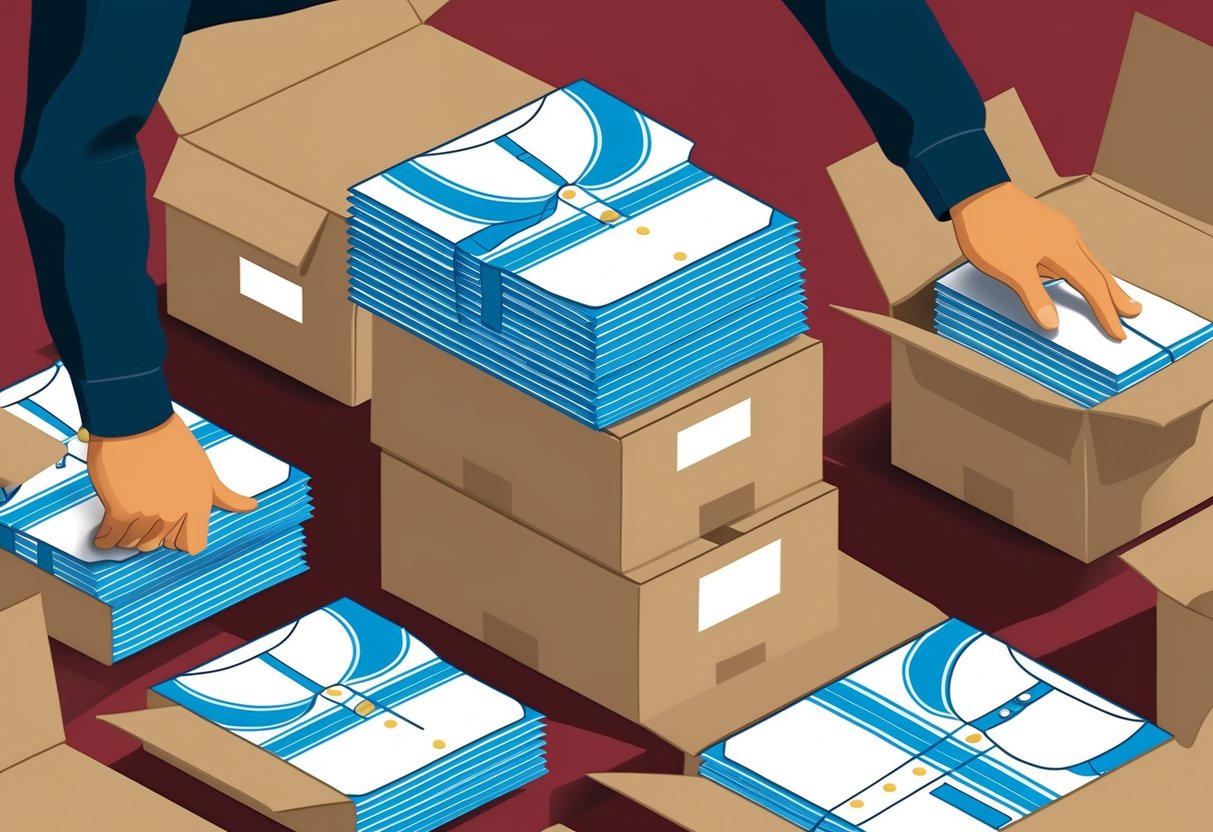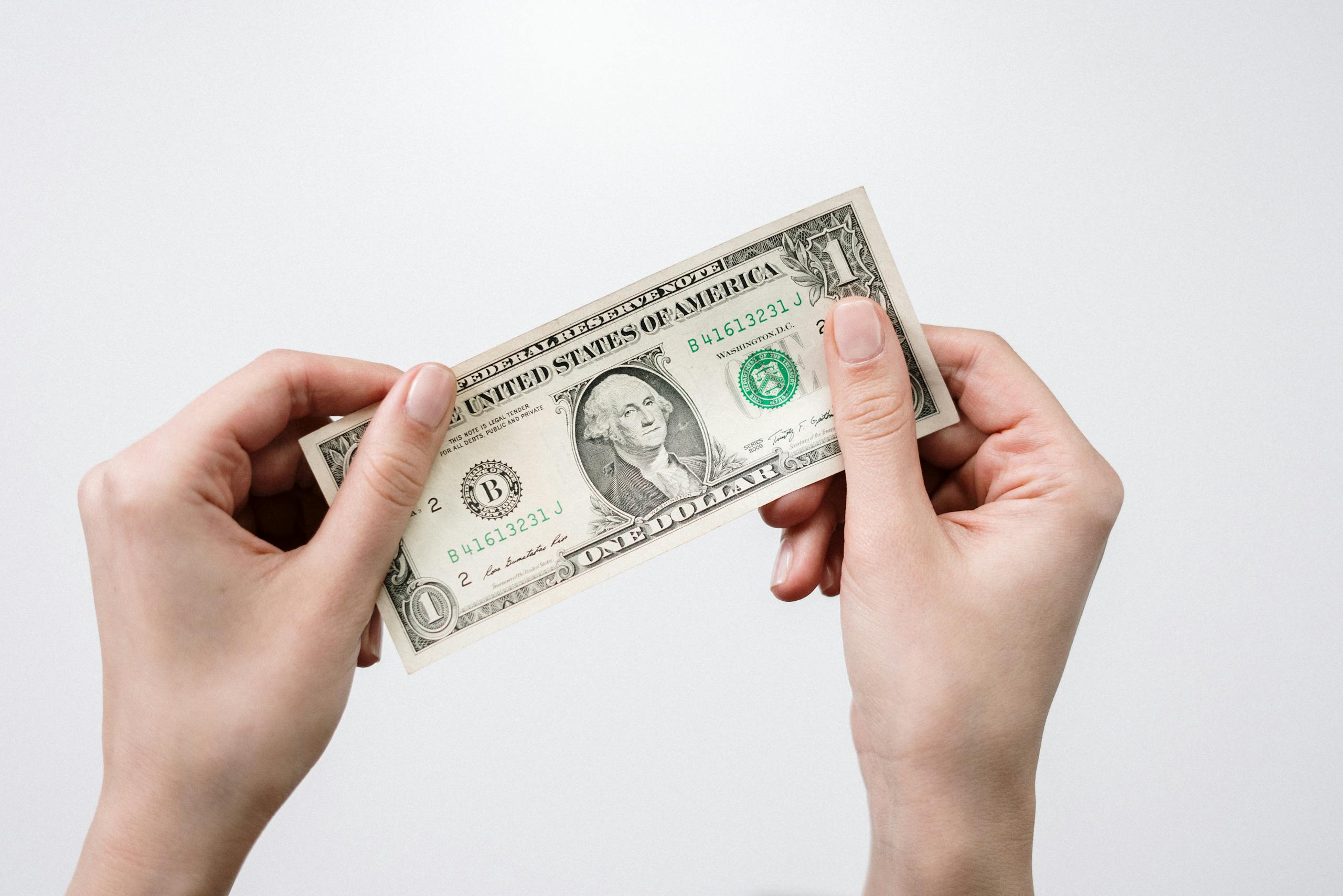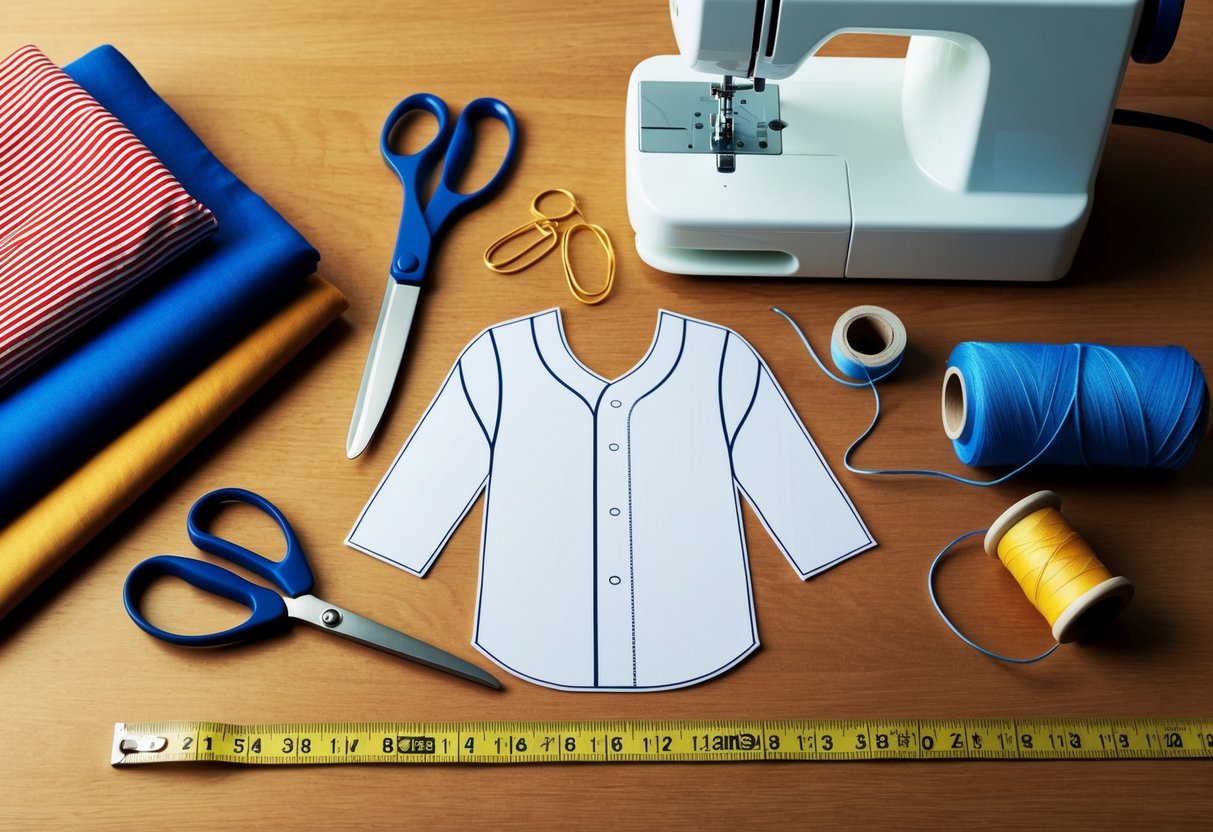When you’re considering ordering custom shirts, understanding the cost is crucial. The price of a custom shirt can range from $10 to $50, with the average price around $20 per shirt.
Several things impact this cost, such as the type of shirt, printing method, and number of shirts ordered.

The fabric quality and ink colors can also influence the price. If you’re looking for sustainable options, that can add a bit to the total, but you’ll also find affordable choices without skimping on quality.
Other factors include any extra features you might want.
Ordering in bulk can often save you money since many companies offer discounts for larger quantities. Customization helps bring your vision to life, so assessing your needs and budget will guide you in making the right choices.
Understanding Custom T-Shirt Pricing

When figuring out how much custom T-shirts cost, there are several important things to think about. These include the cost of materials, the impact of buying in bulk, and how different fabrics can change the price. Here’s a closer look at these influences.
Factors Influencing T-Shirt Cost
The cost of custom T-shirts depends on several key factors. The number of shirts ordered plays a big role, as more shirts usually mean a lower cost per shirt.
Printing methods also influence pricing. Screen printing is cheaper for large runs, while digital printing might be better for smaller batches.
Additional features like special designs or custom tags can add to the expense. Rush orders might incur extra fees. By considering these factors, you can find a pricing strategy that suits your needs.
Comparing Different Fabric Types
The fabric type greatly affects the T-shirt cost. Cotton shirts are usually affordable, falling between $10 to $15 per shirt. Meanwhile, polyester shirts might cost slightly more, ranging from $12 to $18, as they offer durability and wicking properties.
Tri-blend tees, made from a mix of cotton, polyester, and rayon, can be the priciest, costing roughly $15 to $20 each. They offer a soft feel and stylish look.
Choosing a fabric not only affects your budget but also the shirt’s quality. This can impact comfort and longevity.
The Economics of Bulk Purchasing
Buying custom T-shirts in bulk can significantly lower the overall cost. Economies of scale mean the more you buy, the less you pay per shirt.
For small orders under 12 shirts, the price per item is higher. Medium orders of around 40 shirts result in a reduced cost.
For larger orders of 100 or more, the cost per shirt can drop substantially. This makes bulk purchasing a smart option if you’re planning a large event or want to keep costs down for a group.
Customization Techniques

Customizing a shirt involves choosing the right technique to match your style and needs. Costs can vary based on the technique, the number of print locations, and any additional features you add.
Screen Printing Essentials
Screen printing is a popular choice for custom shirts. It works well for large orders as it’s cost-effective once your design is set up.
This method uses a stencil and fine mesh to apply layers of ink directly onto the fabric. You get vibrant colors and durable designs.
Keep in mind the cost can rise with more colors or complex designs. Screen printing excels at large, bold designs and works best on cotton shirts.
You also need to consider setup fees, which can impact the final cost, but the overall price decreases with larger volumes.
Embroidery vs Digital Print
Embroidery offers a polished and textured look that adds a touch of class to your clothing. It’s perfect for designs that need depth, like logos or monograms. Costs are influenced by the stitch count and the number of colors.
Digital printing, unlike embroidery, prints directly onto the fabric, much like a home printer for paper. It’s great for detailed graphics and photographs with many colors.
This method is suitable for small batches as it doesn’t require a setup fee like screen printing. Digital printing works best on lighter fabrics to ensure high-quality images.
Advanced Heat Transfer Methods
Heat transfer techniques involve printing designs on special paper and applying them to fabric using heat and pressure. This method is versatile, accommodating complex designs and various materials.
It’s ideal for short runs and full-color images but may not be as durable as screen printing. You might encounter methods like vinyl transfers or dye-sublimation.
Dye-sublimation is particularly good for polyester materials and provides a smooth, professional finish. The costs hinge on the type of transfer paper and the equipment used, offering a flexible solution for both small and medium-sized orders.
Design and Creation Tools

Designing custom T-shirts involves understanding the tools available for creating unique visuals. You’ll explore how design templates can streamline the process and how using a professional product creator can enhance your efficiency.
Leveraging Design Templates
Design templates are a powerful tool for simplifying T-shirt creation. These templates provide a starting point with pre-set layouts and elements that can be customized. They save you time by offering a framework to build upon, reducing the need to start from scratch.
Many online platforms, like Canva, offer free design templates that are ready to use. You can adjust colors, add text, and incorporate images to match your vision.
Templates often come in various styles to fit different occasions or themes, helping you create professional-looking designs without needing extensive design skills. It’s an effective way to ensure your final product looks polished and personalized.
Using a Professional Product Creator
A professional product creator is another excellent resource for making custom T-shirts. These tools are often more advanced than basic template platforms. They allow for detailed customization, letting you experiment with different design elements, such as fonts, colors, and images.
These creators provide more in-depth control over the fine details of your T-shirt design. Many printing companies offer these tools directly on their websites, ensuring that the design can be easily printed as envisioned.
Using a professional product creator can enhance your creative freedom while ensuring a high-quality final product.
Operational Costs and Considerations

Understanding operational costs is crucial when dealing with custom shirts, as they directly impact both retail pricing and profit margins. Production costs breakdown includes materials and labor as key elements.
Production Costs Breakdown
Materials: The choice of fabric can significantly influence costs. Basic materials like cotton start around $10 per shirt, while premium fabrics may reach up to $20. Polyester often falls in the $12-$18 range.
Labor: Labor costs are another important factor. They can range from $0.19 to $2.10 per shirt depending on the skill level and safety standards at the production facility. Hiring skilled workers may increase initial costs but could result in better quality shirts.
These costs need to be carefully considered to establish a viable business model and achieve desired profit margins.
Marketing and Sales Strategies

To successfully sell custom shirts, you need effective marketing and sales strategies. Understanding your target market is crucial, as it helps you tailor your efforts to attract the right audience.
Identifying the Target Market
Identifying your target market is essential when marketing custom shirts. Focus on factors like age, gender, and interests since they influence buying habits.
Create customer profiles to get a better grasp of who will buy your products. You might find that younger customers prefer vibrant, trendy designs, while others might seek classic styles.
It’s also useful to gather data through surveys or social media polls. This helps you refine your approach to meet customer needs effectively.
By understanding your target market, you’ll be better prepared to tailor your product offerings and marketing messages, making them more appealing to potential buyers. Use this information to decide on designs, ad campaigns, and the best platforms for reaching your customers.
Business Efficiency and Optimization

Improving business efficiency in custom shirt production can lead to faster processing times and additional income streams. Focusing on efficient turnaround times and exploring passive income opportunities helps you achieve competitive pricing and increased profitability.
Streamlining Turnaround Time
Efficient turnaround time is crucial in custom shirt production. Fast production can lead to better customer satisfaction and competitive pricing.
Implementing automation in design and production processes helps reduce manual errors and speeds up the workflow. Digital tools for order management can ensure that all steps are tracked and any bottlenecks are quickly addressed.
You might also consider partnering with reliable suppliers who consistently deliver materials on time. Effective communication among your team helps align goals and identify areas for improvement.
Having a streamlined workflow not only enhances efficiency but also positions you to work with larger orders without sacrificing quality or incurring additional costs.
Pursuing Passive Income Avenues
Adding passive income streams can enhance your business model. Licensing your designs can be an option. This way, others pay a fee to use your original artwork, providing a steady income without extra production costs.
Collaborations with other brands for joint marketing can also generate interest and sales without a direct cost to you.
Online platforms where customers design their own shirts using your templates can expand your reach with minimal effort.
Each method helps in diversifying your revenue streams and making your custom shirt business more resilient to market changes.
Order Fulfillment and Shipping

Managing the order fulfillment and shipping process can greatly affect your custom shirt business’s efficiency and customer satisfaction. Two important considerations are offering free shipping and handling, as well as deciding whether to have minimum order requirements.
Offering Free Shipping and Handling
Free shipping can be a powerful incentive for your customers. It often leads to increased sales and customer loyalty.
You might consider including the shipping costs in the product price or absorbing some of the costs yourself. Both approaches can be effective but depend on your pricing strategy and profit margins.
To manage free shipping, work with fulfillment services that offer competitive shipping rates. This can help you keep costs down while maintaining customer satisfaction.
Consider promotions that emphasize free shipping for a limited time to test its effect on sales volume. Offering free shipping can be a competitive advantage and encourages customers to complete their purchases.
No Minimum Order Requirements
Allowing no minimum order requirements caters to customers who want to purchase individual shirts. This approach can attract a wider customer base, including those looking for gifts or smaller quantities.
While it might reduce the average order value, the increase in customer reach can compensate for this.
Without minimums, you’ll likely need efficient handling to ensure profitability. Coordinate with fulfillment services that offer flexible solutions, so you are not burdened with excess inventory or high handling fees.
You can promote the lack of minimum orders as part of your customer-friendly policies to stand out in the market.
Overall, evaluating if no minimum order requirements align with your business goals is key. Adjust your approach based on your target market and business model for optimal results.
Choosing Your Print Provider

Choosing the right print provider for your custom shirts is crucial. It affects both the quality and cost of your final product.
Consider Your Needs:
Think about the quantity you need and any special features, like bulk discounts or custom packaging.
Pricing and Discounts:
Look for providers that offer bulk pricing options.
Many companies provide discounts at certain quantity levels, such as 10, 50, or 100 shirts.
Variety and Services:
Check if the provider offers a range of materials and customization options.
Some might offer cotton, polyester, or fabric blends. This choice impacts both cost and feel of the shirt.
Reputation and Reviews:
Research the provider’s reputation by reading reviews or asking for samples. A reliable provider will have positive feedback.
Customer Support:
Good customer service can help with design issues or order changes.
Make sure the provider offers live chat or phone support for quick assistance.
Frequently Asked Questions

Custom shirt pricing depends on several elements such as materials, order quantities, and design complexities. To make informed pricing decisions, consider the following key points.
What is the cost range for bulk t-shirt production?
When you order in bulk, costs are often lower per shirt.
For larger orders, expect costs to decrease due to economies of scale. Smaller orders may have higher costs per item, while bulk orders, like 100 shirts or more, generally enjoy the biggest discounts.
What factors influence the cost of putting a logo on a shirt?
The cost to add a logo varies with design size, color count, and complexity. Intricate designs often increase costs.
Printing method also plays a role. For instance, screen printing and digital printing have different pricing structures.
What is the average price range for custom t-shirts in the USA?
Prices for custom t-shirts in the U.S. often start around $10 for basic materials.
Higher quality shirts and more complex designs can raise prices to $20 or more per shirt. The choice of fabric, such as cotton or polyester, also affects the price.
How is the price of custom shirt printing determined?
Printing prices are determined by factors like fabric type, design complexity, and printing method. Each element adds to the cost.
Thus, a high-quality shirt with an intricate design will likely cost more than a simple, basic fabric shirt.
What is considered a reasonable amount to pay for a custom shirt?
A reasonable amount often falls between $10 and $20 per shirt, depending on the quality and design.
Basic designs on simple fabrics are less expensive, while premium materials and detailed designs can drive the price higher.
How do printing quantities affect the cost per shirt?
The cost per shirt usually decreases as the quantity of shirts ordered increases. Larger quantities benefit from reduced pricing per item, making bulk orders more cost-effective. This reduction is due to the distribution of setup costs over more units.


